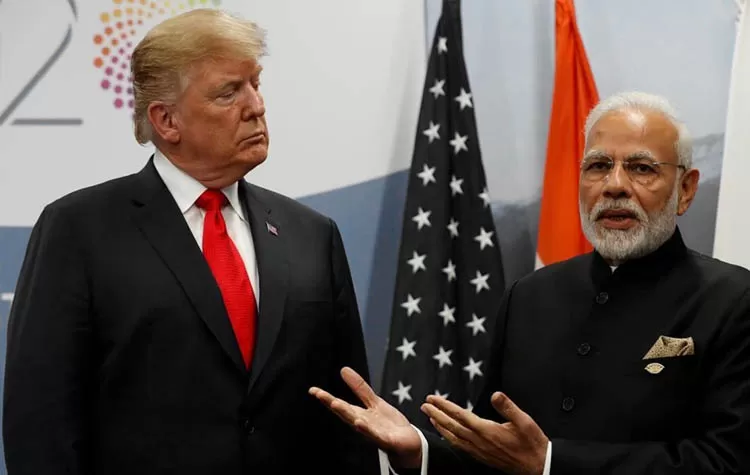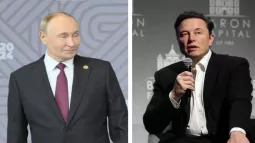
A high-level cabinet meeting is to be held by the Indian government after the US imposed a tariff increase of 26% on some Indian exports. The new tariffs, implemented on Wednesday, are adding to current volatility on global stock exchanges and have also raised fears of an intensifying trade war between the two nations.
Authors have stated that the meeting will concentrate on assessing the economic impact of the tariffs and outlining strategic means to check their outcome. The Modi regime is giving importance to non-retaliatory options and considering possible trade agreements with an objective to stabilize the situation and protect impacted segments.
Impact of US Tariffs on Indian Exports
The 26% tariffs the United States declared have begun taking hold, with a first 10% already in place and the remaining 16% added on Wednesday. They are part of a larger policy change to its trade policies made under President Donald Trump and one that still has an influence on global markets. Although earlier he had shown a personal affinity with Prime Minister Narendra Modi, former President Donald Trump condemned India for what he said were unequal trade practices, pointing out that Indian tariffs on American goods were as high as 52%.
On the other hand, the US administration has stressed that the new tariffs are only half that magnitude, presenting them as a halfway measure. Major Indian export sectors such as auto parts, gems, and jewelry will be most hit, while semiconductors, copper, and pharmaceutical products have been exempted from the tariff list, according to reports. The asymmetry in sectoral impact has led to the Indian government engaging in immediate debate on how best to protect the vulnerable sectors.
Government's Strategic Response
The Indian government is not taking direct retaliatory steps at this point in reaction to the tariffs. Instead, it is trying to use diplomatic and trade-related means to de-escalate the tensions. The cabinet meeting will examine options like updating trade agreements and opening negotiations seeking relief on tariffs, confirmed officials privy to the situation.
Preparations are being made to negotiate agreements that solve the tariff problem and keep bilateral relations constructive, according to a top government official. The official added that the present strategy is focused on achieving long-term trade stability and not increasing the conflict. Both short-term relief measures and longer-term trade diversification policies are to be discussed.
Sector-Wise Outlook and Market Implications
Manufacturing sectors like automobile parts and the jewelry industry are preparing for dwindling export numbers because of the recently introduced US tariffs. The industries are heavily reliant on the US market, and the imposed duties will have a negative effect on their competitiveness. Industry operators have raised fear about the prospects of job cuts and dwindling revenue streams should the situation continue.
At the international level, the uncertainty generated by the tariffs has put additional stress on already shaky stock markets. Experts opine that further trade tensions between India and the United States may also upset supply chains and investor sentiments across emerging markets. The coming decisions of the cabinet are, thus, viewed as significant in stabilizing domestic industry sentiments and overall market responses.














